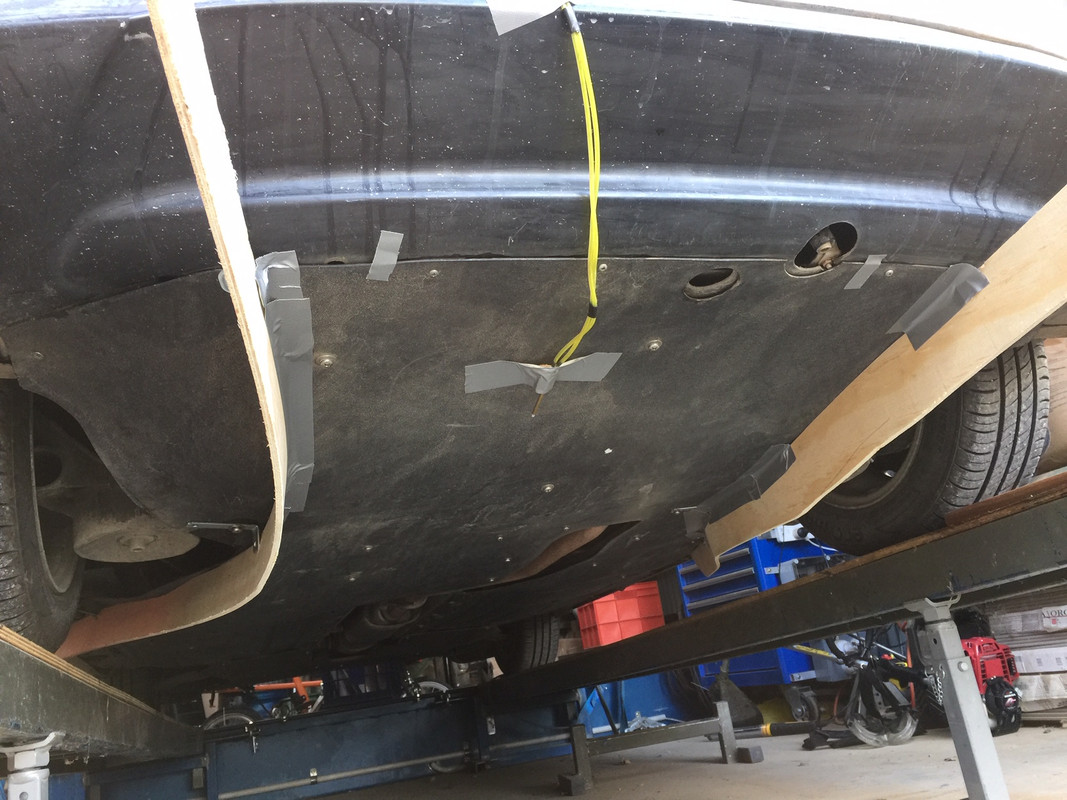Well,
that was interesting. I've just done some testing with my model aircraft pitot tube. (A pitot tube measures airspeed. The higher the pressure differential across its ports, the higher the airspeed.)

I placed the pitot tube in the diffuser area that tuft testing had yesterday shown had attached flow (ie the central area of the diffuser). I spaced the pitot tube about 10 mm off the surface so I wasn't just measuring boundary layer. At 70 km/h I recorded a pressure differential across the pitot tube ports of 90 pascals.
I then moved the pitot tube to one of the side areas that yesterday's tuft testing had shown having separated flow. At 70 km/h the reading was zero, with a high speed, tiny flutter in the needle.
So yes, a pitot tube can be used to show areas of attached and separated flow under the car.
I then made some long, deep and curved strakes.

These are deeper than I could ever run on the road, but in testing I have found it's always better to go big first and see what happens. So what did happen?
The airspeed recorded in the central position of the diffuser increased. The pressure across the ports was 125 Pascals at 70 km/h, an increase of about 40 per cent. At the inner edge of the strake, the pitot tube showed even higher speeds - I was off the max of the meter (125 Pa) at 70 km/h and had to drop to 60 km/h to get back to 125 Pa.
Note the tape marked with the arrows.

These arrows show the approximate widest positions where attached flow was occurring prior to the strakes being used. Therefore, with the curved strakes the:
- airspeed through the diffuser has increased
- a greater width of the diffuser has attached flow